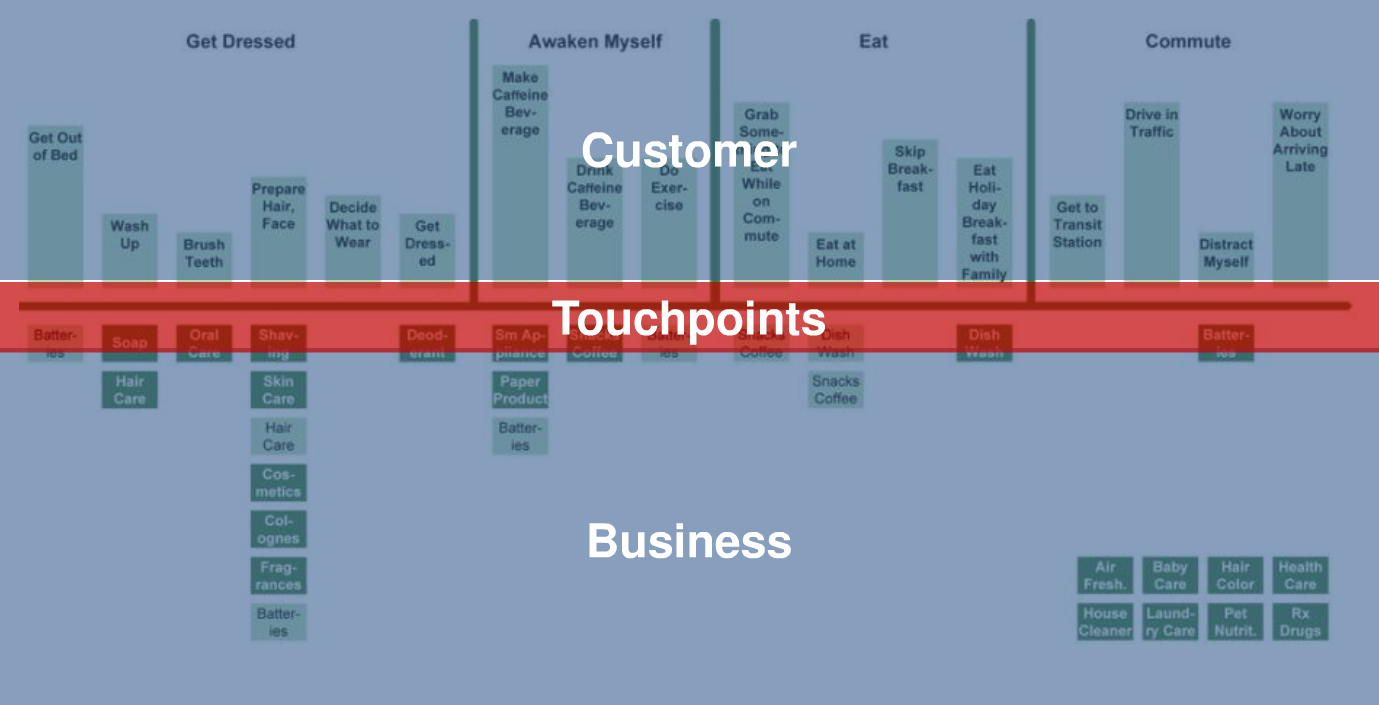Hassan Baggi has written an article on Tech Crunch titled The Challenge Of Connecting The Unconnected which resurfaces the discussions for considerations within design when thinking of Mental Models for unconnected citizens and the third world.
A mental model is essentially a person’s intuition of how something works based on past knowledge, similar experiences and common sense. So even when something is new, mental models help to make sense of it, utilizing the human brain’s ability to transcode knowledge and recognize patterns.
Some of the considerations mentioned in his article, which aren’t new to our thinking within design includes:
– Internet accessibility and affordability
– Mental models of the elderly & mis-alignments across global regions
– Connecting the un-connected world & objects
– Third world consideration and the remaining unconnected 4.3 billion people across the world
Mental Models, and cultural considerations aren’t new in design thinking. I first read about Mental Models when reading Indi Young’s book.
Chris Baum interviewed Indi Young in Boxes and Arrows back in 2008.
Also, Recently the design consultancy IDEO, updated their Human-Centered Design Toolkit which is a free innovation guide for social enterprises and NGOs worldwide.
Their 3 lenses and perspective of HCD looks at the intersection of Desirability, Feasibility and Viability as the sweet point where solutions should be.
Useful links on Mental Models, Behavioral Matrix, Mapping touch-points and Service Models can be found here:
Touchpoint and a mix of references
http://www.siliconafrica.com/design-like-apple-using-touchpoint-framework
Google’s collection on Zero The Moment of truth (ZMOT)
https://www.thinkwithgoogle.com/collections/zero-moment-truth.html
CGAP report “Insights into Action – What Human-Centered Design Means for Financial Inclusion” by Yanina Seltzer, Claudia McKay, October 2014
http://www.cgap.org/publications/what-human-centered-design-means-financial-inclusion


